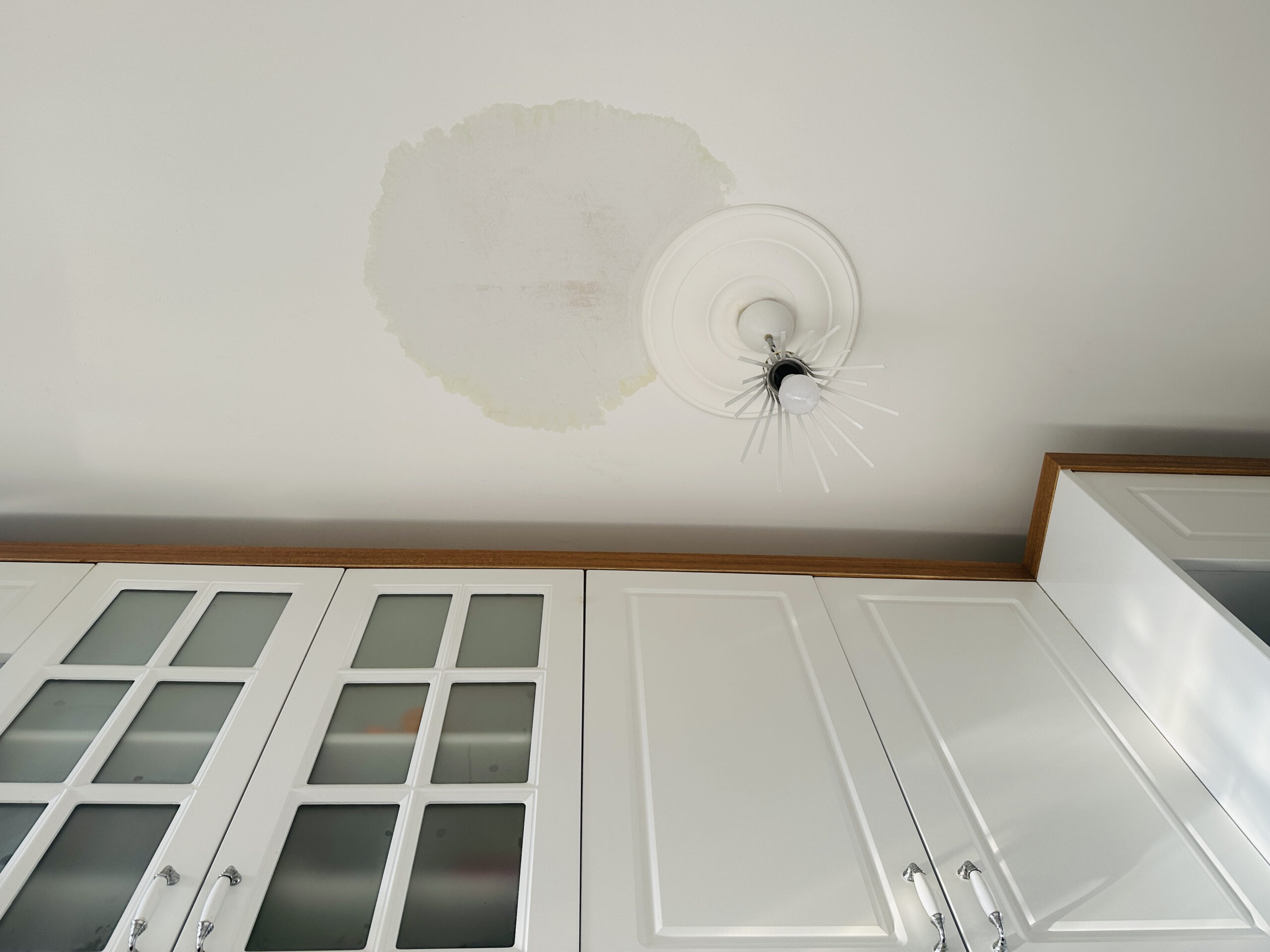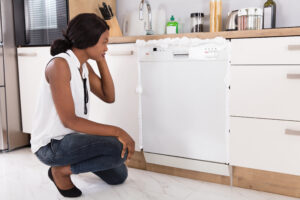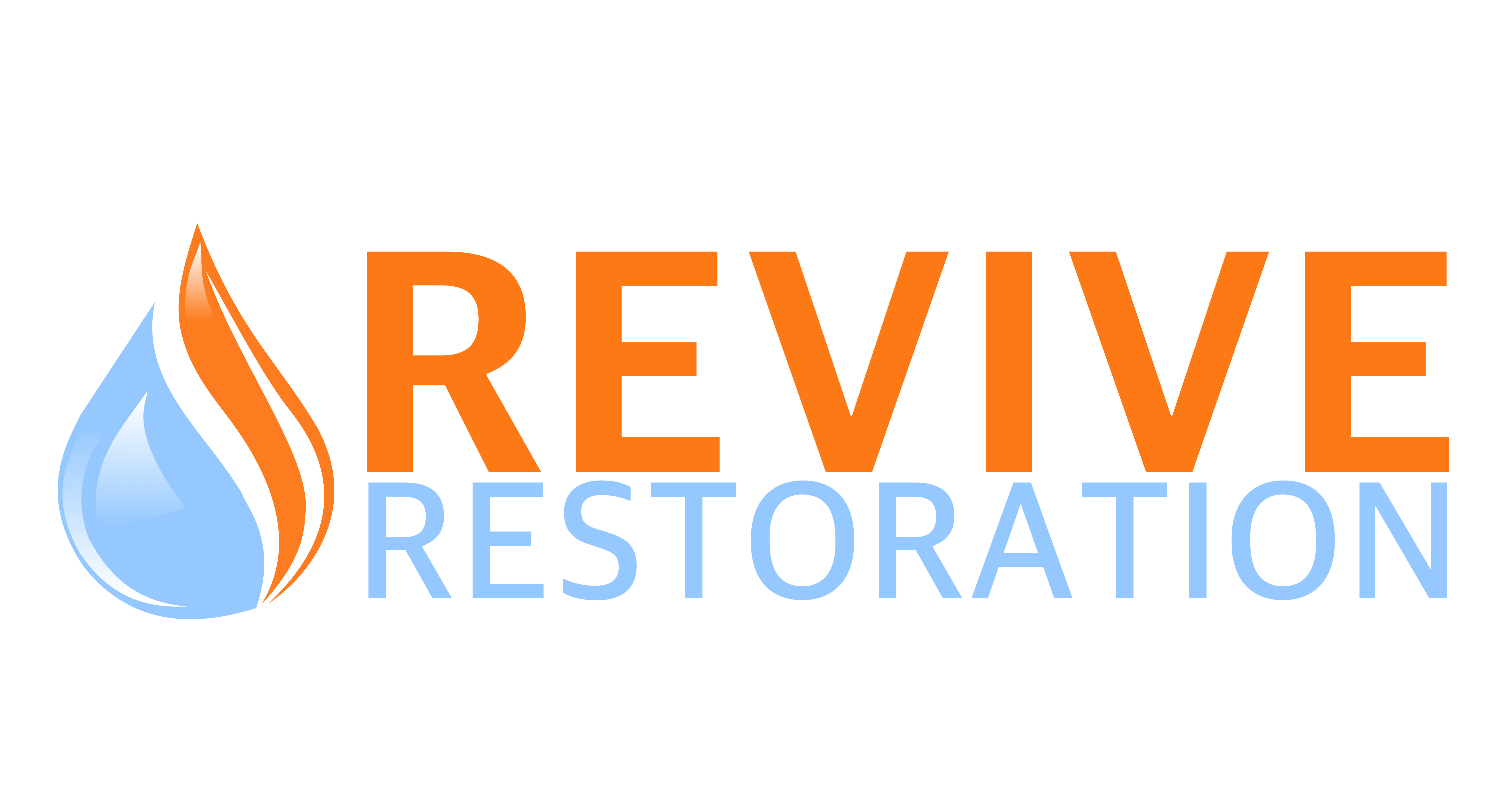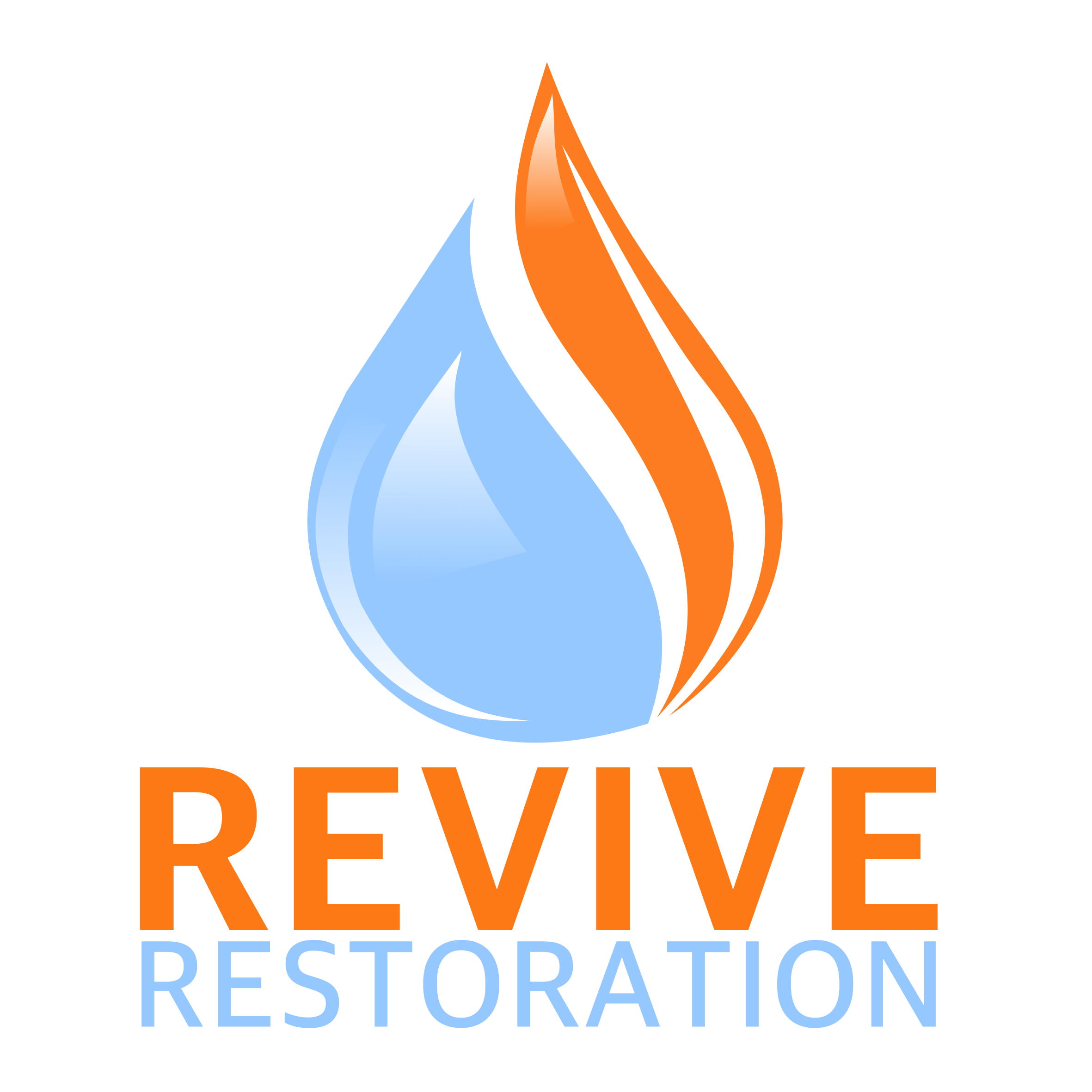
Understanding Water Damage in Kitchens: Common Causes and Solutions
Water damage in kitchens is a prevalent issue that can lead to significant disruption and costly repairs for homeowners. From leaky faucets and burst pipes to spills and flooding, any instance of water intrusion can compromise the integrity of cabinetry, flooring, and appliances. Beyond the immediate aesthetic and functional concerns, persistent moisture can foster mold growth, which poses health risks and further exacerbates property damage.
In this article, we are listing the common causes of water damage in kitchens, along with effective mitigation strategies, which are essential for homeowners seeking to protect their investment and maintain a safe, functional living space.
Common Causes of Water Damage in Kitchens
Water damage in kitchens can stem from a multitude of factors, each contributing to potential structural and cosmetic issues.
Common causes include leaking pipes, which can occur due to rust, high water pressure, or deteriorating seals, as well as faulty appliances, such as dishwashers or refrigerators, that may develop internal leaks. Additionally, improper ventilation can lead to moisture buildup from cooking and dishwashing activities. Plumbing mistakes, like poorly installed fittings, and accumulating condensation from high humidity can also exacerbate the problem.
Moreover, neglecting spills and standing water, whether from cooking or kitchen accidents, can foster mold growth and further damage surfaces over time. Understanding these contributors is essential for preventative measures and effective remediation.
1. Leaky Plumbing Fixtures
Leaky plumbing fixtures are one of the most prevalent causes of water damage in kitchens, often leading to significant issues if left unaddressed. These leaks can originate from faucets, under-sink pipes, or connections to appliances like dishwashers and refrigerators. Over time, continual dripping or pooling water can weaken structural components, promote mold growth, and damage cabinets and flooring. Aging fixtures, improper installation, or corrosion are common culprits behind these leaks. Regular inspection and maintenance of plumbing fixtures are crucial in preventing costly repairs and ensuring a safe, dry kitchen environment.
Even small leaks from plumbing fixtures, such as faucets, pipes, or appliances, can lead to significant structural issues if left unaddressed over time. Initially, these minor leaks may seem inconsequential, but they can create a constant source of moisture that fosters mold growth, deteriorates cabinetry, and compromises flooring materials. Over time, the persistent water exposure weakens surrounding structures, potentially leading to waterlogged beams, warped surfaces, and costly repairs. Prompt detection and repair of these small leaks are crucial to preserving the integrity of the kitchen and preventing extensive damage that is often more expensive and labor-intensive to rectify.

2. Faulty Dishwashers
Common signs indicating a malfunctioning dishwasher include pooling water beneath the appliance, which may suggest a leak or clog, and frequent interruptions during the wash cycle, indicating potential issues with the motor or control systems. Other symptoms can include abnormal noises, failure to drain properly, dishes remaining dirty after a cycle, or the appliance not starting at all. Addressing these signs promptly can help prevent further damage and ensure the efficient operation of the dishwasher.
To ensure your dishwasher runs efficiently and prolong its lifespan, it’s crucial to implement preventative maintenance practices. Regularly cleaning the filter is essential, as it prevents food particles from clogging the system and allows for better water circulation. Aim to check and clean the filter every month or as needed, depending on usage. Additionally, inspect the door seal for any signs of wear or damage, as a compromised seal can lead to leaks and inefficient cleaning. Wipe down the seal with a damp cloth and gently remove any debris, ensuring a tight, secure fit when the door is closed. By incorporating these simple maintenance tips, you’ll maintain your dishwasher’s performance and efficiency.
3. Refrigerator Water Line Leaks
Refrigerator water lines are essential components that facilitate the delivery of water to the ice-making and water-dispensing features found in modern refrigerators. These lines, typically made of plastic or copper, connect the refrigerator to the home’s water supply, allowing the appliance to produce ice cubes and dispense chilled water on demand. Properly functioning water lines ensure a consistent flow of water, which is crucial for the efficient operation of these features. Any leaks or blockages in the water lines can lead to issues such as diminished water pressure, contaminated water, or malfunctioning ice makers, underscoring the importance of regular maintenance and inspection to ensure their optimal performance.
To inspect for leaks behind refrigerators, start by checking the floor around the appliance for any signs of dampness or moisture, as this can indicate a potential leak. Look for water pooling or any discolored areas on the floor surface. Additionally, using a moisture meter can provide a more precise assessment; simply place the device on the flooring behind the refrigerator to detect elevated moisture levels. If either method reveals excess dampness, it may be indicative of a leak in the refrigerator’s water supply line or drainage system, necessitating further investigation and prompt repair.
4. Sink and Countertop Sealing Issues
Proper sealing around sinks and countertops is crucial in preventing water damage, as it protects underlying materials such as plywood and drywall from moisture intrusion. Water seepage can lead to mold growth, structural weakening, and even costly repairs if left unchecked. By ensuring that these areas are well-sealed with high-quality caulking or grout, homeowners can create a barrier that keeps moisture at bay, extending the lifespan of their countertops and cabinetry. Regular inspections and maintenance of these seals further enhance their effectiveness, safeguarding the integrity of the kitchen or bathroom environment.
Seals play a crucial role in maintaining the integrity of structures, and certain signs indicate that they may need replacement or repair. Visible cracks or gaps are primary indicators, as these openings allow moisture to penetrate, potentially leading to further damage and deterioration. Additionally, if you notice peeling, bubbling, or discoloration around the sealed areas, it may signal that the seals are failing. Increased drafts or energy bills can also suggest compromised seals, highlighting the need for immediate attention to prevent costly repairs down the line. Regular inspections can help catch these issues early, ensuring better performance and longevity of the sealed surfaces.
5. Clogged Drainage Systems
Clogged drains in kitchens are frequently caused by a combination of food particles getting lodged in pipes and the gradual accumulation of grease. When food scraps, such as bits of vegetables, pasta, or meat, are washed down the drain, they can cling to the interior of the pipes, creating blockages. Additionally, over time, grease from cooking and food preparation can solidify and adhere to the pipe walls, exacerbating the clog and restricting water flow. Regular cleaning and maintenance can help prevent these issues, ensuring that kitchen drains function smoothly.
To prevent clogs and ensure healthy drainage systems, employing techniques such as using sink strainers can significantly reduce the accumulation of food particles and debris. Regularly cleaning these strainers and ensuring they fit snugly will enhance their effectiveness. Additionally, it’s vital to avoid pouring fats, oils, and greases down the drain, as they can solidify and create blockages over time. Instead, these substances should be disposed of in the trash or composted. Furthermore, periodically flushing drains with hot water and vinegar can help in breaking down potential build-ups, contributing to a more efficient and trouble-free plumbing system.
6. Improperly Installed or Damaged Caulking
Improperly installed or damaged caulking is a significant contributor to water damage in kitchens, as it plays a crucial role in sealing gaps around sinks, countertops, and backsplashes.
Over time, caulking can deteriorate due to exposure to heat, moisture, and cleaning chemicals, leading to cracks and separations that allow water to seep through. This can result in mold growth, rotting wood, and structural damage if left unaddressed.
To prevent these issues, it’s essential to regularly inspect and maintain caulking, replacing it promptly when signs of wear appear to ensure a watertight barrier that safeguards your kitchen from potential water-related problems.
7. Inadequate Ventilation
Inadequate ventilation during cooking activities can lead to several adverse effects, primarily characterized by increased humidity levels and the accumulation of stale air. High humidity can create a conducive environment for mold and bacteria growth, potentially compromising indoor air quality and leading to respiratory issues. Additionally, stagnant air traps harmful pollutants, including carbon monoxide, volatile organic compounds, and particulate matter released from cooking surfaces, which can exacerbate asthma and allergy symptoms. The absence of proper airflow can also impact the comfort of the living space, making it feel stuffy and uninviting, which, over time, may discourage people from spending time in their kitchens or engaging in cooking altogether.
Exhaust fans play a crucial role in managing indoor humidity levels by effectively removing excess moisture from the air, particularly in areas prone to dampness, such as bathrooms and kitchens. By expelling humid air to the outside, these fans help maintain optimal humidity levels, thereby creating an environment less conducive to mold growth, which thrives in moist conditions. Regular use of exhaust fans not only aids in preventing the buildup of mold and mildew but also enhances indoor air quality, contributing to a healthier living environment. Additionally, they can prevent damage to structures and belongings caused by prolonged exposure to high moisture levels, making them an essential component of home maintenance.
8. Water-Prone Appliances (e.g., Coffee Makers)
Water-prone appliances, such as coffee makers, are often significant contributors to kitchen water damage due to their frequent use and reliance on water supply. Over time, these appliances can develop leaks from worn-out seals, cracked water reservoirs, or improper placement when cleaning, leading to excess moisture on countertops and floors.
Additionally, if these areas are not thoroughly dried or are consistently exposed to water, they can foster mold growth and damage surrounding cabinetry and flooring. To prevent such issues, homeowners should regularly inspect and maintain their coffee makers for signs of wear, ensure proper placement and drying after each use, and promptly address any leaks to protect their kitchen from potential water damage.
9. Neglected Dishes and Towels (Wet Dishes Impact on Humidity)
Neglected dishes and damp towels in the kitchen can significantly contribute to increased humidity levels, creating an ideal environment for mold growth and water damage. When dishes are left unwashed or not properly dried, they retain moisture that can evaporate into the air, raising humidity levels in the enclosed kitchen space.
Likewise, wet towels left on counters or hanging can release moisture over time, leading to a persistent damp atmosphere. This not only compromises the aesthetic and hygiene of the kitchen but also poses structural risks, as continuous exposure to high humidity can weaken cabinetry and countertops, ultimately resulting in costly repairs. To mitigate these issues, it is essential to establish a routine for washing, drying, and properly storing kitchen textiles and utensils.
10. Weather-Related Damage (Flooding Risks in Kitchens)
Severe weather events, such as heavy rain or storms, can significantly increase the likelihood of water intrusion in kitchens, primarily due to overwhelmed drainage systems and compromised building structures. When torrential rains occur, gutters may become clogged with debris, causing water to overflow and seep into vulnerable areas of the home, including the kitchen. Additionally, strong winds can damage roofing or siding, allowing rainwater to penetrate through gaps or openings. Flooding may also result from nearby stormwater runoff, further exacerbating the risk of water damage. Understanding these potential sources of intrusion is crucial for homeowners to take preventive measures, ensuring the longevity and safety of their kitchen environments.
Post-storm inspections are crucial for identifying potential water damage in kitchens, even when there are no visible leaks present. After intense weather events, hidden moisture can accumulate behind walls, under cabinets, or within flooring, leading to mold growth and structural deterioration over time. Conducting thorough inspections allows homeowners to detect early signs of damage, such as warped materials or musty odors, enabling timely repairs that can prevent more extensive and costly issues down the line. By proactively addressing these hidden vulnerabilities, homeowners can protect their investment and maintain a safe, healthy living environment.
Solutions to Prevent Water Damage in Kitchens
Proper installation techniques are crucial for ensuring the longevity and efficiency of kitchen appliances like dishwashers and refrigerators. Professional installation helps to avoid common mistakes such as improper alignment, incorrect plumbing connections, and inadequate sealing, which can lead to leaks and subsequent water damage. Additionally, professionals are better equipped to handle electrical and drainage requirements according to local codes, minimizing the risk of hazards. DIY installations often overlook these critical factors, increasing the likelihood of appliance malfunctions and costly repairs down the line. By investing in professional installation, homeowners can protect their appliances and safeguard their kitchen from potential water-related issues.
Regular maintenance checks are crucial for preventing water damage in kitchens, as plumbing fixtures and appliances can become sources of leaks and failures if not properly monitored. Homeowners should establish a routine checklist that includes inspecting for signs of moisture around sinks and dishwashers, checking hoses for wear and tear, ensuring sealants are intact, and monitoring water pressure to detect any anomalies early on.
By prioritizing these checks, homeowners can mitigate the risks of costly damage and health hazards. For those facing water damage challenges, call us at (720) 340-3499, we at Revive Restoration specializes in effective water damage restoration solutions that restore your kitchen and peace of mind, ensuring that your home remains safe and dry.

